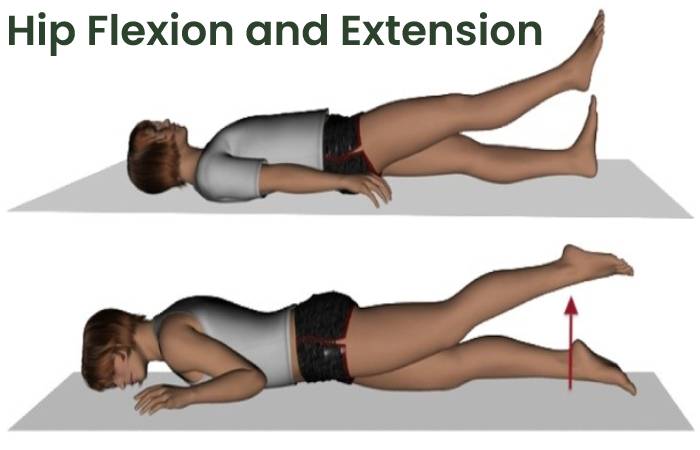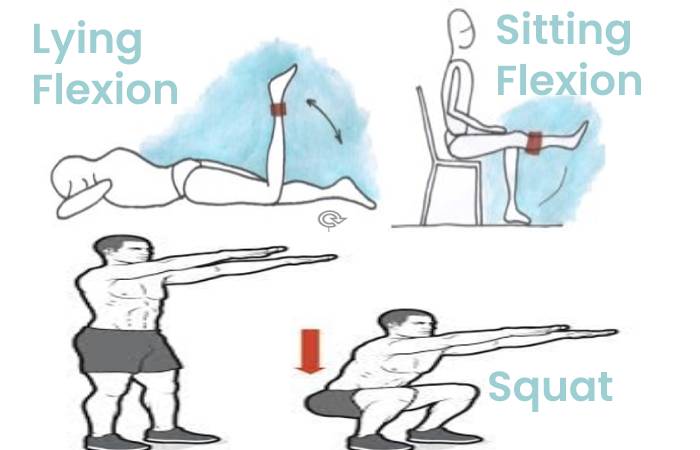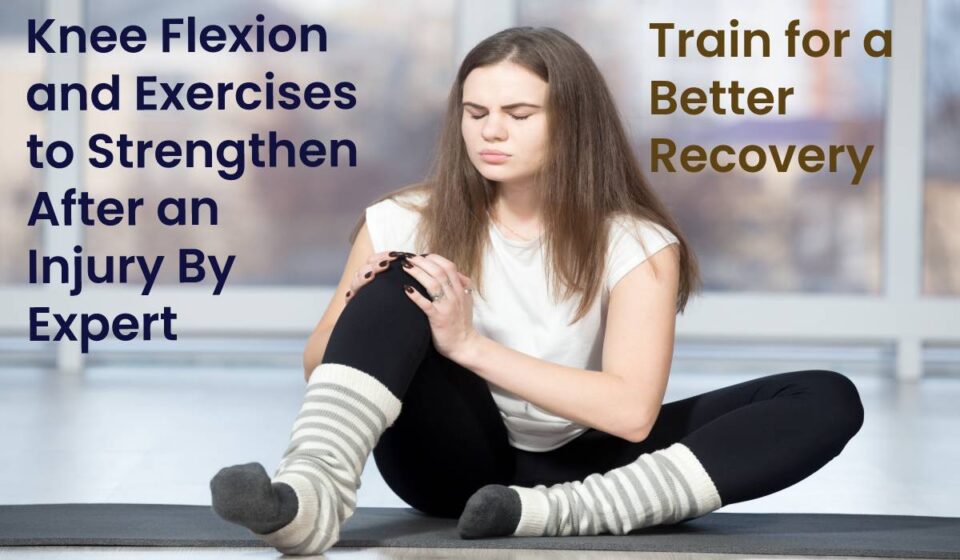Knee Flexion and Exercises to strengthen the knee when you have suffered an injury.
Table of Contents.
Do you know how to Train for a Better Recovery?
Before getting down to work, and starting the exercises that will help you strengthen your knee after an injury, consult a specialist!
And, once you start with them, you can also use them to prepare a knee before its operation. Or to start working after the operation and strengthen all the muscles that protect your knee.
We have to understand the knee as a whole , not as an isolated joint. A set of muscles that are inserted or born around the knee, and whose strengthening will make the knee much stronger and more stable.
In many cases to recover a knee they make us focus on the work of the quadriceps. Which is fundamental, but now we will see that there is much more muscle that will help us to regain the functionality of the knee and how to work them.
Also Read: Choosing The Right And Easy Exercise For Daily Routine
Exercises to strengthen the knee

The exercises are arranged according to their difficulty and intensity. So that they can be carried out progressively, always seeking a healthy recovery without putting the process at risk.
Ankle flexion and extension
There are a large number of muscles that have their origin or insertion in the knee. Thanks to these, we can work even without having mobility in it. Flexing and extending the ankles brings various muscles into play, such as the calves .
The action of these acts directly on the knee, providing extra benefits . Since it influences the correct circulation of the blood. Something very important if we think that there may be phases of total immobility.
How it is performed? Whether lying down or sitting, we just have to move our ankles slowly. Raising and lowering the toes, trying to cover the greater range of motion of the ankle.
Also Read: The Technique of Mewing ‘Change’ Your Face And Makes It Beautiful
Isometric quadriceps and hamstring contractions
An exercise that is often overlooked, and is that by not requiring movement we do not give it importance. But in phases of little or no mobility we can strengthen our knee only with the previous exercise and this without having moved it. Interesting, right?
We will activate quadriceps, whose four heads are inserted directly into the knee, and hamstrings. That is, semitendinosus, semimembranosus, and biceps fumoirs, muscles that insert just behind the knee.
It is as simple as lying on the bed supine, upright, and placing a pillow or cushion behind the knee. From here, we will force ourselves trying to press the cushion against the bed, achieving isometric contractions .
Also Read: Dynamic Stretching Routine for a Full Body Warm-Up
Hip Knee Flexion and Extension

A more advanced exercise that requires greater strength in the hip flexor and extensor muscles. In this exercise we work the same muscles as before, but with movement .
In addition, during the hip extension we include other muscles, such as the buttocks, a vital muscle for our body and its correct functionality. It depends on the level at which we can work, the hip flexion, we can do it both lying supine and standing .
With the knee fully extended we try to elevate the entire leg as much as possible and bring it back into place slowly. We can perform hip extension in the same way, either in the prone position, on the low side, or standing up.
Just unlike before, we try to bring the extended leg back, noticing how our gluteus is activated. This sensation will be the same that you should feel doing exercises to increase buttocks, like these.
Also Read: Top Five Vitamins For Joints Functioning Healthy And Strong
Knee Flexion and Extension
When our knee already has an acceptable mobility and does not generate pain , we can start working from the same problem. This is an exercise that we can do both lying down and sitting down.

Sitting Knee Flexion
Sitting is very simple. From the starting position I can extend my leg all the way, and return to the flexion in as much range as possible. How: Sit Straight in a chair with your thigh support. Bend affected knee of yours as far as back possible, hold for 10 seconds. Flatten your knee which has problem as far as probable and hold for 8-15 seconds, then rest. This workout will help to reinforce your thigh muscles and recover series of motion in your knee. By your two week track up appointment, you should be able to fully straighten out your leg and bend it at least 95 degrees. Perform this exercise with each leg.
Lying Knee Flexion
Lying in the prone position to be able to work the knee flexion, the heel is brought towards the gluteus. From this position I can use an elastic or manual resistance to perform the knee extension. Bringing the leg back to the extension.
Lying supine, with the knee raised, raised with a fit ball or other support, we can bring the leg from flexion to extension. Trying that the whole leg is aligned.
Also Read: FIVE STEPS TO IMPROVING BONE STRENGTH AND HEALTH
Squat Position
Practically the last step of your recovery. The fact of being able to perform this exercise correctly will mean that our knee is already at a good level.
We can start with a basic realization. Although also with support on the wall or fit ball and progressing until performing them on unstable bases or performing single leg squats.
Remember that we can add manual, elastic or other loads to any of these exercises. Always depending on the level, the recovery phase and the recommendations of our coach or specialist.


